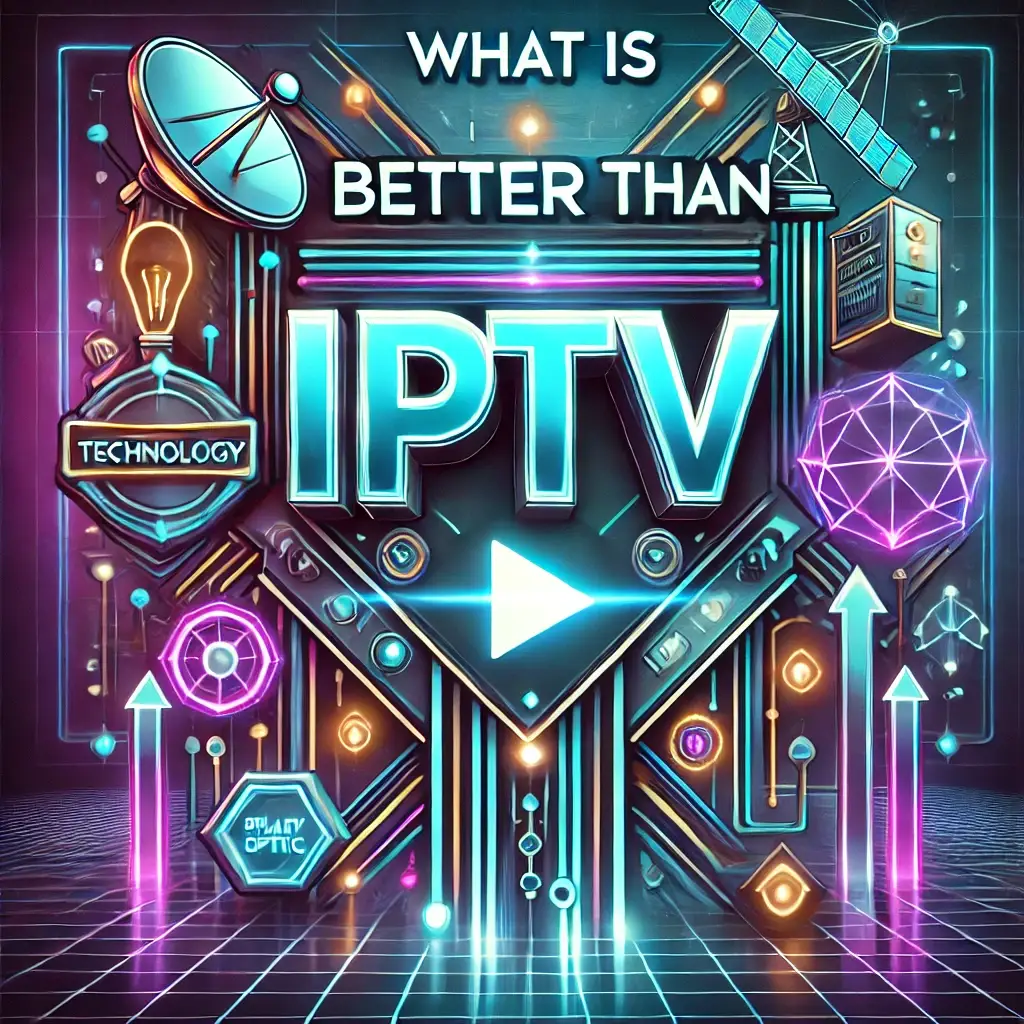
IPTV has transformed how we consume television, offering a flexible and cost-effective way to access live TV and on-demand content. However, as streaming options expand, many users are exploring alternatives that address IPTV’s limitations. This article delves into what might be better than IPTV, compares top options, and guides you in choosing the best fit for your needs.
What Is IPTV and Why Look for Alternatives?
What Is IPTV?
IPTV, or Internet Protocol Television, streams content over the internet instead of using traditional cable or satellite. It provides access to live channels, on-demand shows, and international content. If you’re new to IPTV, you can learn more in our guide on How IPTV Works.
Why Explore Alternatives?
Despite its advantages, IPTV has some challenges:
- Buffering Issues: Streaming depends heavily on a stable internet connection. For tips on resolving buffering problems, check out What Should I Do If My IPTV Service Buffers Frequently?.
- Geo-Restrictions: Certain IPTV services block access based on your location. Discover how to navigate these challenges in Can IPTV Services Be Used Outside My Home Country?.
Alternatives to IPTV
1. Over-the-Top (OTT) Platforms
OTT platforms like Netflix, Hulu, and Amazon Prime deliver high-quality on-demand content. These services often surpass IPTV in terms of user experience and legality.
Advantages:
- Vast libraries of on-demand content.
- Superior video quality, often featuring HDR and 4K options.
- Legal and well-regulated streaming environments.
For insights on the legalities surrounding IPTV and OTT, visit Is IPTV Legal to Use?.
2. Satellite and Cable TV
Traditional cable and satellite TV services offer reliability and an extensive selection of local and international channels.
Advantages:
- Dependable service with minimal downtime.
- Comprehensive local programming, including sports and news.
However, the lack of flexibility and higher costs make it less appealing for modern viewers. If you’re weighing the pros and cons, our article on The Advantages of IPTV Over Traditional Cable TV provides valuable context.
3. Streaming Devices Paired with Live TV Services
Streaming devices like Roku and Firestick provide a user-friendly way to access live TV services like Sling TV and YouTube TV.
Benefits:
- Customizable app ecosystems for personalized streaming.
- Affordable, compact devices that are easy to set up and use.
For a deeper dive into the compatibility of these devices with IPTV and other services, explore What Devices Are Compatible with IPTV Services?.
Making the Right Choice
Comparing IPTV and Its Alternatives
Here’s a quick comparison of IPTV with popular alternatives:
| Feature | IPTV | OTT Platforms | Satellite/Cable TV | Streaming Devices |
|---|---|---|---|---|
| Cost | Affordable | Moderate | Expensive | Affordable |
| Content Availability | Live + On-demand | On-demand | Live + Local | App-dependent |
| Internet Dependency | High | High | Low | High |
| Customization | Moderate | High | Low | High |
Factors to Consider
- Content Needs: Do you prioritize live TV or on-demand options?
- Budget: While IPTV is budget-friendly, OTT platforms often provide superior quality.
- Legality: Opt for providers with a proven track record of compliance. Learn more in Do IPTV Services Offer Free Trials?.
FAQs
What Is IPTV, and Why Is It Popular?
IPTV streams content via the internet, offering an affordable and flexible alternative to cable or satellite.
How Does IPTV Compare to OTT Platforms?
OTT services like Netflix focus on on-demand content, whereas IPTV emphasizes live TV alongside on-demand options.
What Are the Drawbacks of IPTV?
Challenges include dependency on stable internet, geo-restrictions, and occasional legal risks.

